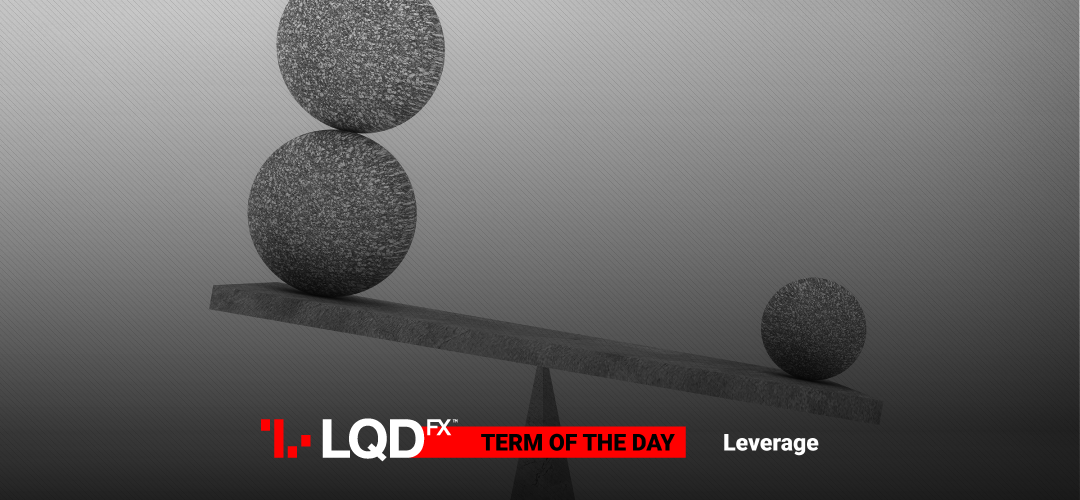What is leverage in Forex?
What changes the whole picture and turns the Forex market into a market of opportunities to profit a lot of money is a short span of time, is leverage. You can usually get much higher Leverage in Forex than in stock market.
Brokers allow you to perform transactions in sums of money which are much larger than the amounts that you have in your account. Sometimes even up to 400 times more than what you have invested. The concept is that you “borrow” money from a broker to enter a transaction.
For example: You have deposited 1000 USD, the exchange rate of the Euro against the USD is 1.5220. And you believe that the price of the Euro is about to rise by 100 pips. That is your opinion, so you can give an order to the broker: “please, buy me 100,000 euros”.
Even though you have deposited 1,000 USD and 100,000 Euros cost 152,000 USD, in this case you have taken advantage of a leverage of 152 times the money which you have in your account.
In a transaction of 100,000 Euros, each pip worth is 10 USD. Let’s assume that the exchange rate indeed rose to 1.5320. How many pips have you earned? 100. And how much money have you earned? 100*10=1000 USD.
Let’s deduct the commission. Then, the net profit from the transaction will be 970 USD.
Nearly a 100% return in one day. How great!
But… what will happen if the exchange rate falls to 1.5120?
You have lost 100 pips, i.e. you lost 1000 USD.
Should you leverage?
One must always remember, for whoever wants to leverage – the option is always available, but it’s risky!
When there is a leverage of 300 times you can perform a transaction of 300.000 Euros as well, and if the price rose by 100 pips, you can even earn a 300% return in one day. But if the exchange rate decreases by 33 pips, you have lost your whole investment. The greater the amount of leverage on capital you apply, the higher the risk that you will assume.
The integrating rule
proper leverage + statistical information = guaranteed victory
To achieve minimal risk, you need to divide your portfolio into many smaller portions. We can also say it on another way: it is forbidden to risk more than 2-3 percent of the portfolio on one transaction. What does this mean? If I open a minimal portfolio of 10,000 USD, I don’t risk more than 200-300 USD in one transaction. How do I do this? I set a stop-loss order at 200-300 pips. And why? When you flip a coin, you can get sequences of heads or tails. It is not one-time heads one-time tails. It can be: five times tails and three times heads.
When we add up the results, it comes out to 50-50.
Statistics is on your side, when there are many transactions. So, never forget the rule: Don’t risk in one deal more than 2-3 percent! So that if you lose in a few transactions in a row, nothing happened, you have enough money to continue trading and eventually the account will balance out.
Sources: LQDFX, Investopedia
PLEASE NOTE The information above is not investment advice.
